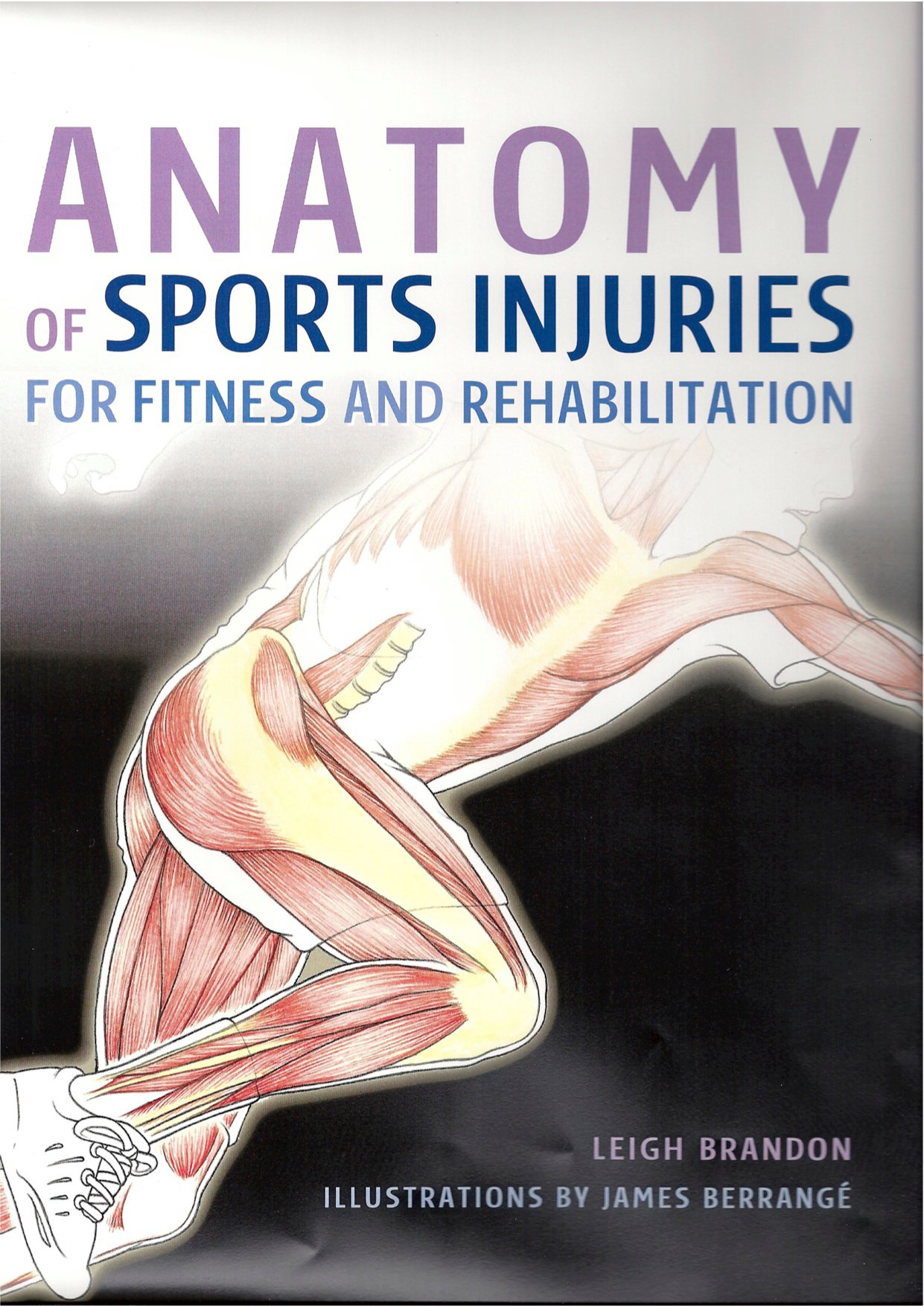Over the years I have worked with a few clients that have stress fractures in one or more bones.
Obviously, stress fractures cause pain, but they also greatly affect ones standard of living and often limits what physical activity they can do.
The most common stress fractures I have seen are fractures to the spine (pars articularis) and in the foot (metatarsals).
Stress Fractures are hairline fractures normally resulting from repetitive physical stress. Stress fractures are most common in long distance runners usually in the tibia or 4th or 5th metatarsal when the mileage is increased too quickly. Footballers, cricketers, throwers, ballet dancers and group exercise instructors are also vulnerable to stress fractures.
The signs of a stress fracture would initially be mild aching, local tenderness which would be painful to press, swelling, pain decreases with rest and increases with activity, pain occurring earlier in workouts as the load is increased, may not be noticeable at first. This can then worsen and the aching becoming strong and distinct.
Stress fractures can be categorised as fatigue stress fractures or insufficiency stress fractures. Fatigue stress fractures are the result of stress or overuse on normal bone. An insufficiency stress fracture is caused by normal stresses placed on abnormal bone.
To help people with stress fractures, my approach has been to devise a programme to optimise their biomechanics to dissipate forces more evenly and improve nutrition to aid the regrowth of the bone.
For more information, you can check my book, “Anatomy of Sports Injuries for Fitness and Rehabilitation”.


